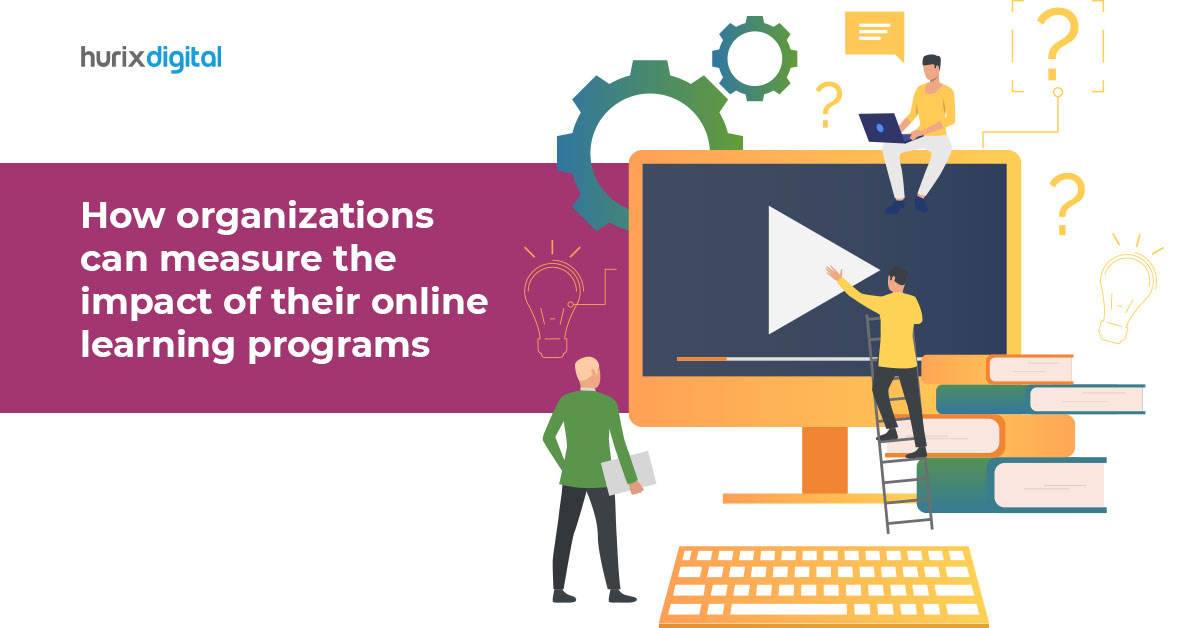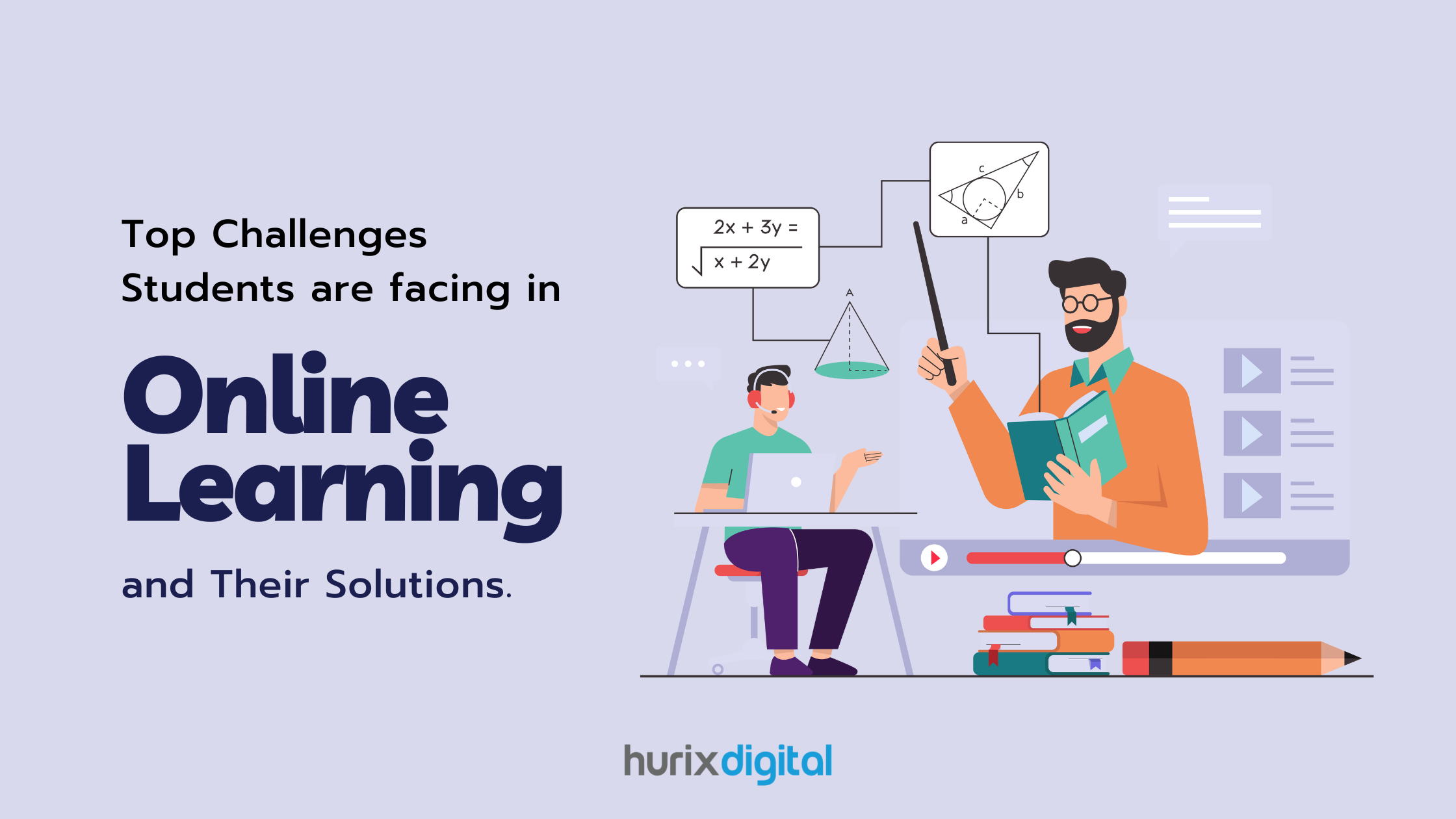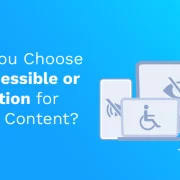
Creating Custom Learning Programs for Online Learners
“Wisdom is not a product of schooling but of the lifelong attempt to acquire it.“
– Albert Einstein
The basic concept and idea of ‘wisdom’, as we know it, has altered with time. There were occasions in the not so distant past where wisdom was considered to be a corollary of how well-read someone was. However, that unidimensional understanding has undergone a massive change today. At present, wisdom is considered to be the ability to perceive and learn.
And do you know what has facilitated this unique form of learning? – Digital content!
Online learners, accustomed to the world of eBooks, have begun to slowly replace the traditional one-on-one learning methods with customized, exclusive forms of learning. Be it schools, colleges, or universities – each one of these educational institutions has also started to design eLearning modules which make their learners feel as if they are devised just for them. As a result, bespoke courses designed for just an audience of one have begun to witness a rise!
Here’s a set of tips to create learning programs for online learners-
Determine Different Learning Preferences
Every person, in their own right, has a different learning style. While some people are auditory learners, i.e. they learn by sound, intonation, and voice, many others are visual learners, i.e. they learn by videos, images, and pictures.
There are others who absorb information through textual (notes, words, or lectures) or social (interaction, quizzes, games) modes. Depending on which mode your target audience prefers, the first thing you need to do is to determine your audience’s different learning preferences.
This will largely involve:
- Researching your audience and building their learning profiles
- Including a good mix of multimedia activities in your design
- Forming a perfect balance of verbal, visual, and textual components
- Catering to each learning style in a targeted and standardized way
- Tracking audience progress and making changes if required
Following this path will not just help you craft good learning programs for online learners, but it would also allow you to bring all your learners on the same page and, thus, have them learn as a single but customized unit.
Form Personalized Learning Pathways
In a face-to-face, traditional classroom model, all students are required to learn strictly according to their mentor’s guidelines. Although this model works wonderfully well in school-based scenarios, in colleges and universities – it creates more problems than it solves. Students, at this stage, have different learning values and priorities. While some are already familiar with the subject/topic being taught, others need to start from scratch. This is where creating a personalized learning pathway can help.
A personal learning pathway can equip learners to:
- Choose their own learning goals and pick their own learning resources
- Move beyond a linear menu and embark on a customized plan
- Find topics which are relevant to their requirements and focus on them
- Use microlearning to skip what is completely needless
- Bridge gaps in their knowledge, skills, and overall learning experience
With learning programs for online learners that prepare such individualized pathways, learners become more focused and accountable. They identify with the learning and feel as if it’s been created just for them.
Offer Specific And Targeted Feedback
Consider a situation wherein you are catering to a learner group of 500 students. Under normal circumstances, it would simply not be possible to analyze all their outcomes effectively. You will either miss out on a few relevant points, or you would be unable to provide targeted feedback in time. Both these propositions, in the long run, would prove to be immensely debilitating. However, with learning programs for online learners – this major obstacle can be easily overcome.
These platforms will permit you to:
- Offer specific and constructive feedback to all learners in time
- Provide a detailed SWOT analysis and track learner progress
- Redirect learners towards modules which are of use to them
- Increase learner engagement, interest, and productivity
- Enable self-assessments in a safe & secure learning environment
As a result, it would become possible for you to create a synchronous learning environment wherein test scores will not be the only yardstick for judging a learner’s capabilities. Instead, feedback would fill that gap.
Provide Access to Digital Resources
Digital resources form the backbone of every learning program for online learners. Be it online tutorials, branching scenarios, gamification, application training, or simulation – these resources provide learners with an exclusive opportunity to learn whatever they want, wherever they want, and however they want. This essentially means that full, free, and complete access to such resources can enable your student groups to learn at a pace and style that is most convenient to them.
In order to facilitate this, you can begin by creating a list of all your digital resources, including:
- Articles
- Webinars
- Lectures
- Websites
- Podcasts
- Notes
- Videos
If possible, break these down by category so that it becomes easier for your learners to trace and locate any item of their choice individually. This will enhance both their knowledge and skill sets.
Also Read: Reasons Why Custom eLearning Solutions Are Better Than Off-the-Shelf Courses
Get Your Learners Involved
Finally, when you get down to creating learning programs for online learners, make sure that you find a way to get your learners involved. Get them to pick a topic of their own choosing and build a learning aid based on it.
Upload this learning aid on the relevant eLearning platform and trigger a discussion around it. Doing so won’t just help your learners clarify their key ideas and concepts but also encourage them to improve their overall learning curve.
Though there are a multitude of ways to get your learners involved in their full capacity, the primary ones that you can use to your benefit are:
- Animations & quizzes
- Case studies
- Mobile learning
- Game-based learning
- Branching scenarios
- Instant reviews
To Sum Up
With changing times, the need for creating custom learning that suits an audience of many, just as it suits an audience of one, is only going to rise. More and more people are likely to seek a blend of standardized knowledge and customized experiences in order to expand their learning pathways. This is expected to cause the global eLearning market to reach a humongous number of $325 billion by 2025.
In such a scenario, if you are willing to enrich your learning environment, it would be wise to identify your goals, research your audience and thus create personalized learning programs for online learners which have the potential to enhance knowledge, improve retention and increase learner productivity.
To find out more about creating customized eLearning programs for online learners at school, college, and university levels, drop us a line and we’d be happy to help.
Need to know more about our Products & Services ? Drop us a Note.






